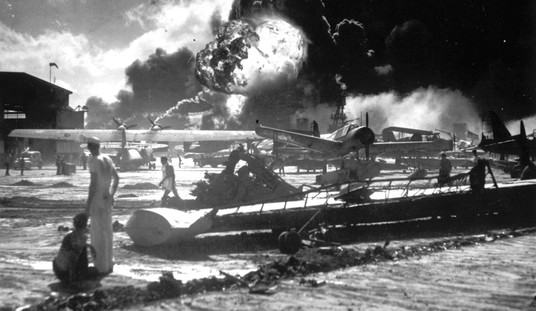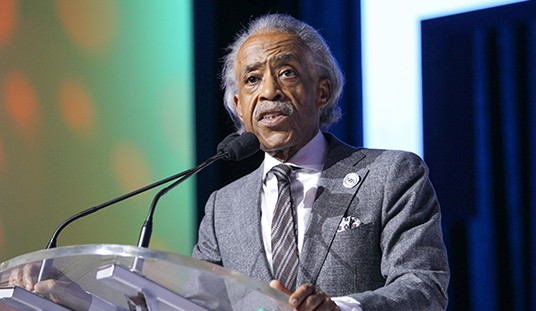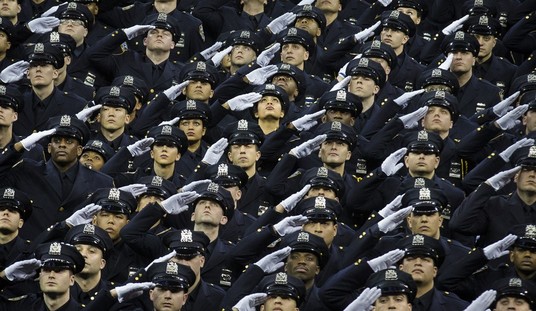Less than two months before his death from lung cancer, Walt Disney wrapped production on a short film detailing his plans for the 27,443 acres his company had purchased in Central Florida. He shared his grand vision for what his inner circle called the “Florida Project.” With writing help from Marty Sklar, Walt explained his ideas for more than just a theme park:
Right now our plans include an airport of the future (down here in Osceola County), an entrance complex where all visitors will enter Disney World, an industrial park area covering about 1000 acres, and of course, the theme park area way up here. And all these varied activities around the Disney World will be tied together with a high-speed rapid transit system running almost the full length of the property.
But the most exciting, by far the most important part of our Florida project—in fact, the heart of everything well be doing in Disney World—will be our experimental prototype city of tomorrow. We call it EPCOT, spelled E-P-C-O-T: Experimental Prototype Community of Tomorrow. Here it is in larger scale.
EPCOT will take its cue from the new ideas and new technologies that are now emerging from the creative centers of American industry. It will be a community of tomorrow that will never be completed, but will always be introducing, and testing, and demonstrating new materials and new systems. And EPCOT will always be a showcase to the world of the ingenuity and imagination of American free enterprise.
The futuristic city included a domed urban area with climate control for shoppers and hotel guests, along with transportation throughout the city via People Mover and Monorail. Residents of EPCOT (or Progess City, as some came to call it) would always have the latest technology at their fingertips. It was a bold dream, for sure, and some believed it would die with Walt.
Let’s fast forward a little less than five years. The theme park had opened, but where was the futuristic city? What happened to the breathtaking urban vista Walt had promised? Sure, the Magic Kingdom was only the first phase of the Florida Project, but Walt’s grand, forward looking ideas were already in motion.
The Walt Disney World Monorail ushers guests from hotels and the Transporation & Ticket Center to the park, as well as to and from the Epcot theme park. Though the People Mover is only an attraction, it followed a similar transportation system at what is now George Bush Intercontinental Airport in Houston (the only transportation system the Disney company built outside its own facilities).
The Magic Kingdom also makes use of the innovative AVAC trash collection system from Sweden, where trash makes its way to a central collection point via pneumatic tubes. A revolutionary water filtration system employs water hyacinths to reclaim waste water. The underground Utilidor system allows for cast members and behind-the-scenes technology to remain out of sight until necessary, much like the logistics areas beneath EPCOT’s urban core.
Eleven years later, EPCOT Center (now known as Epcot) opened. This park continues the legacy of Walt’s Florida Project vision. Innoventions demonstrates new technology that lies just around the corner – much like the homes where the residents of Progress City would live. The attraction Universe of Energy runs on solar power, while The Land and The Seas demonstrate new techniques for cultivating crops and exploring the oceans, respectively. Of course, all four parks maintain the use of cutting edge entertainment technology as well – from Audio Animatronics, to the DACS parade control system, to the brighest and most colorful fireworks, Walt Disney World continually raises the bar when it comes to showmanship.
In 1994 the company realized one of Walt’s original ideas in a much different way when it developed the community of Celebration. Instead of a vibrant urban mecca, Celebration is an idyllic bedroom community located just south of the Walt Disney World property. Funky local shops and inviting restaurants line the water’s edge, as apartments and single family housing follow behind on quiet streets.
The town urges residents to leave their cars parked and walk or make use of electric vehicles in the downtown area. A close-knit community of families spends time together with plenty of exciting events. Celebration includes churches, an independent school system, and a hospital which naturally uses the latest in medical technology.
Although Celebration is now an independent entity, during its planning stages Disney maintained strict control over architecture and planning and zoning to ensure a seamless, beautifully homogenous town, much like the small town set of a movie. Celebration’s timeless beauty, pedestrian friendly layout, and laid-back entertainment options make it a quiet attraction in itself.
Obviously, Walt Disney’s dream for his Florida Project did not come to fruition in its most literal sense. However, guests can see his visionary ideas on display all over Walt Disney World and just outside of it. From the futuristic technology on display and behind the scenes, to the innovative transportation in and around the Magic Kingdom, to Celebration’s meticulous planning, Walt’s exciting and thought-provoking concepts became their own realities in time. Progress City may always be a pipe dream, but we can clearly see how Walt got some things right.










Join the conversation as a VIP Member